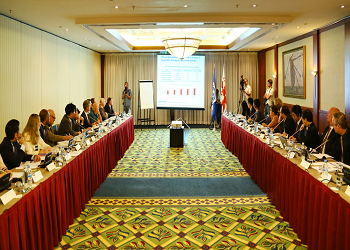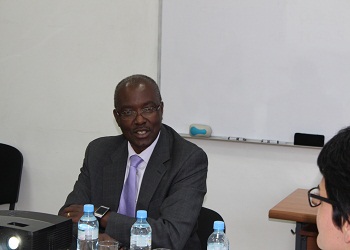ISET-PI Study Estimates Significant Real GDP, Trade Gains Related to Investment in East-West Highway
- Details
The ISET Policy Institute has recently completed a WB-commissioned study to assess the economy-wide benefits of investment in the East West Highway (EWH). We developed a computable general equilibrium (CGE) model simulating the indirect benefits associated with the completion of the upgraded road corridor and related savings in transportation costs (such as reduction in vehicle operating costs and time). According to our estimations, the EWH investment program will have an overall positive impact on key macroeconomic and welfare variables over the medium and long-term. Real GDP is assessed to increase by 1.5 percent over the medium-term horizon and by 4.2 percent over a long-term horizon. Both exports and imports are expected to expand in the long-run by 4.7 and 1.6 percent, respectively. Sensitivity analysis suggests that our results are robust to changes in the modeling parameters.
- Details
Speaking about “The Economic Analysis of Road Projects,” World Bank's Regional Director for the South Caucasus Henry Kerali came to ISET, Tuesday June 23. Mr. Kerali’s presentations was designed for the participants of the Finance for Professionals’ Course and ISET community.
As Mr. Kerali explained, assessing the benefits of investments in road infrastructure is of crucial importance, especially in developing countries like Georgia. Economic analysis of roads and any other infrastructural projects involves measuring the cost and benefits of the project. Mr. Kerali highlighted some of the methods the World Bank uses in practice to conduct aforementioned cost-benefit analysis. The cost of construction and maintenance is compared to the base case – a scenario without the project in order to evaluate reduction in vehicle operational costs. For this HDM 4 model is used, which is a very useful tool to estimate operating and pavement deterioration cost.












